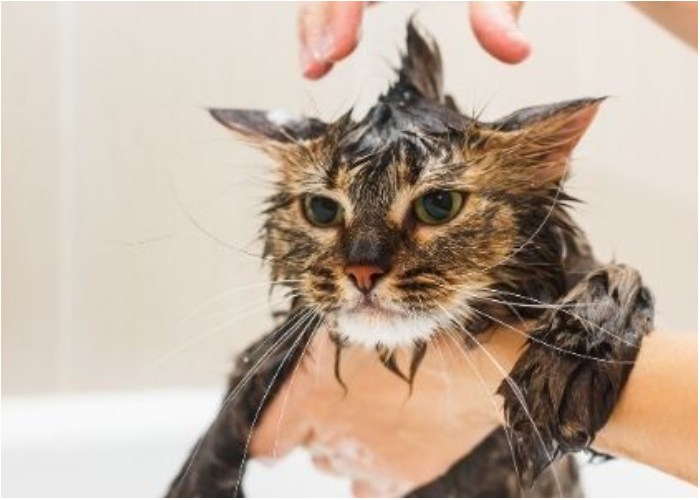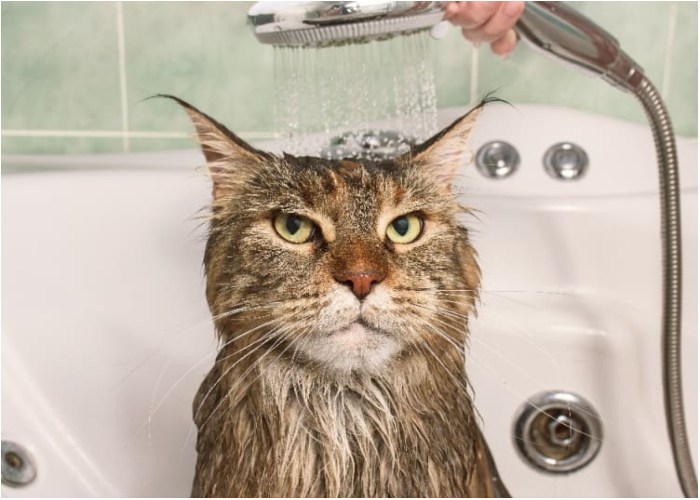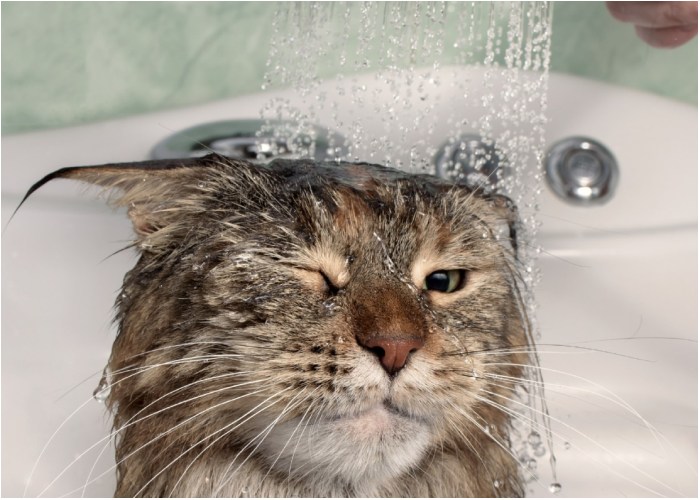Whether you’re a new cat owner or have been caring for a feline friend for years, understanding the importance of grooming is crucial to your cat’s health and wellbeing. While cats are known for their cleanliness and often don’t require much help from their owners, there are certain circumstances where you might wonder, “Should I wash my cat?” This guide provides insights into the grooming needs of cats, when a bath might be necessary, and tips on how to wash your cat safely and effectively.
Why Is Grooming Important for Cats?
Grooming plays a significant role in a cat’s overall health, especially for long-haired breeds. Regular brushing helps remove dead hair, prevents matting, and can reduce shedding. It also allows you to check for abnormalities like lumps, bumps, or skin conditions, which are easier to treat when caught early. Additionally, grooming can strengthen the bond between you and your cat, as many cats enjoy the soothing sensation of being brushed, which can also help reduce their stress levels. Although cats are excellent self-groomers, regular grooming sessions—either by you or a professional groomer—are essential for maintaining their coat and claws.

Should You Wash Your Cat?
Most cats, especially short-haired ones, are adept at keeping themselves clean and generally do not need to be bathed. However, there are exceptions where a bath might be necessary. If your cat gets into something particularly messy, such as soot or mud, or if they are dealing with a medical issue like diarrhea, a bath might be the best way to clean them. Bathing can also help reduce shedding, especially in long-haired cats, though regular brushing can often achieve similar results. Additionally, if you plan to show your cat, a bath is usually part of the grooming process to ensure they look their best.
How to Wash Your Cat: Dos and Don’ts
While the average indoor cat may never need a bath, there are certain steps to follow if you decide that bathing is necessary:
- Trim the Claws: Trim your cat’s claws the day before to reduce the risk of scratches during the bath.
- Brush Before Bathing: Brush your cat thoroughly before the bath to remove any tangles or knots, as these can be harder to manage when wet.
- Use Cat-Specific Products: Never use human or dog shampoo on your cat. Instead, use a shampoo specifically formulated for cats, which you can find at pet stores or from your vet.
- Timing is Key: Bathe your cat when they are most likely to be calm, such as after a meal or a play session.
- Familiarize Your Cat with the Bathroom: Before bath time, get your cat used to the bathroom environment. You can even introduce toys to the bathtub and gradually add water to help them adjust.
- Prepare Your Supplies: Before starting, ensure you have everything ready, including the shampoo, rinsing cups, towels, and a rubber mat to prevent slipping. Close the bathroom door to prevent any escape attempts.
- Fill the Bath with Warm Water: Fill the tub with just a few inches of warm water. Avoid using an overhead shower, as the strong water flow can overwhelm your cat.
- Protect Yourself: Wear a long-sleeved shirt to protect your arms from potential scratches.

Bathe Your Cat at Their Own Pace
It’s crucial to stay calm during the bath, as your cat will pick up on your emotions. Gently soak your cat from the neck down, carefully washing their body, belly, legs, and tail. Diluting the shampoo beforehand can make rinsing easier. Use a gentle, massaging motion to help your cat relax. If your cat becomes too stressed or needs a break, let them pause. However, ensure that all shampoo is thoroughly rinsed out to prevent skin irritation. You can clean your cat’s face with a warm, damp washcloth and dry them off gently with a towel.
Hire the Experts
If the idea of bathing your cat seems overwhelming, or if your cat has a particularly challenging temperament, consider hiring a professional groomer. A quick online search or a visit to your local vet can help you find experienced cat groomers in your area. Professional groomers are skilled at keeping cats calm and can ensure your cat gets a thorough, stress-free bath.

Conclusion
While many cats can go their entire lives without needing a bath, there are times when a bath may be necessary. By understanding when and how to wash your cat, you can help keep them clean and comfortable without causing undue stress. Whether you choose to bathe your cat yourself or leave it to the professionals, remember that grooming is a key part of your cat’s overall health and wellbeing.